Lessons and activities focused on scientists, scientific processes, and the scientific method are excellent starting points for the first week of science in third grade. Beginning with these basic foundational concepts will set you up for a successful school year. In this post I’ll provide ideas for back to school science activities that will keep your third graders engaged and learning in your first week of science.

First Week of Science in Third Grade
The first week of science in third grade is crucial for building a strong science foundation for the school year. Take this time to teach about what science is, how it helps us, and what scientists do.

Start with the basics by teaching a lesson that defines science and gives information about scientists. Help students comprehend that science is important in allowing us to understand more about how the world works.
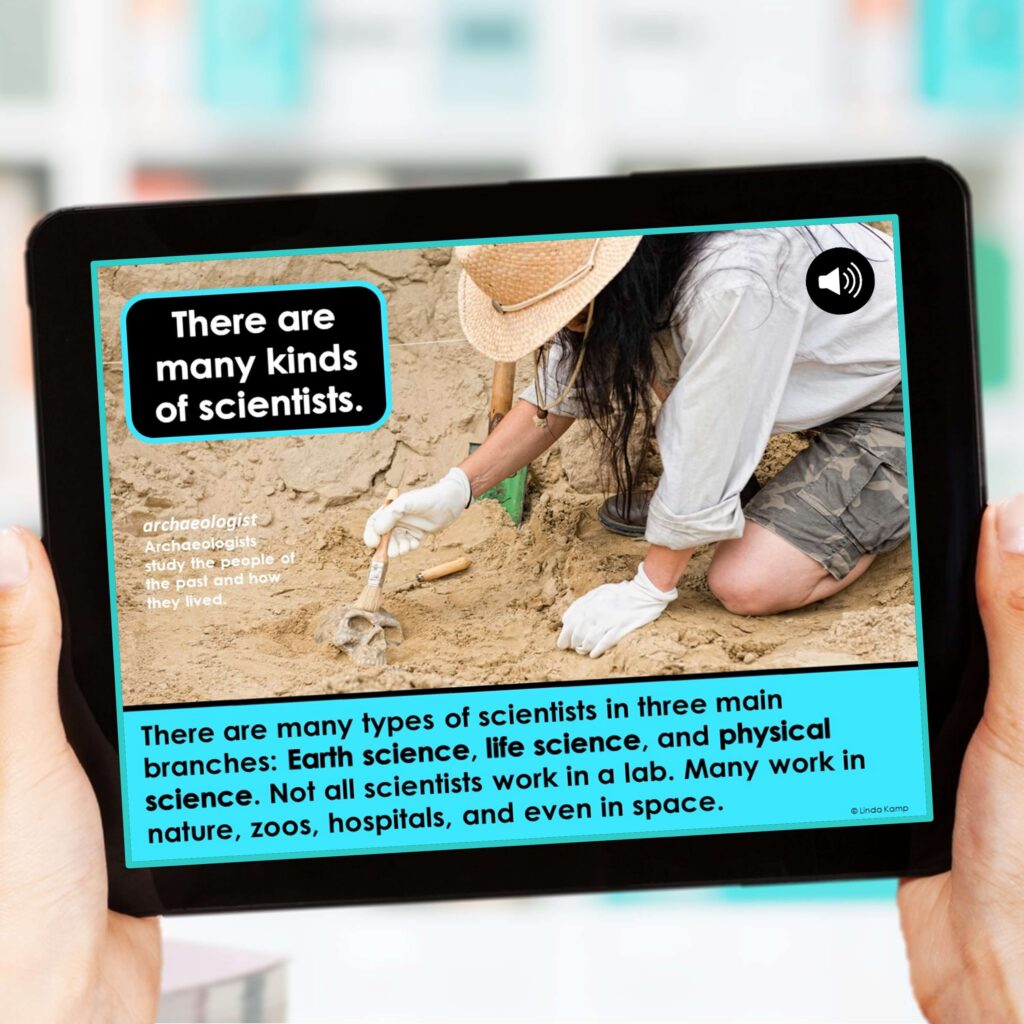
Identify Ways People Use Science in Daily Life
Science is all around us, but third graders might have a hard time grasping that concept at the start of the school year. Make science relatable to students by helping them identify the ways we use products of science each day. Have students write their ideas on sticky notes to create an interactive anchor chart for the class.
Teach about Different Types of Science & Scientists
Take time during the first week of science in third grade to familiarize your students with the different types of science they will learn about throughout the year. Discuss different types of scientists, what they are called, and what they do.

Set Up Science Journals
The first week of science in third grade is the perfect time to start a science journal routine. Students will need science journals to record new vocabulary, design experiments, take notes, and record data.

You can use blank notebooks, or create more specific lesson response pages for your science curriculum.
Use Science Tools Picture Cards to Play a Game
Before you start planning and executing any experiments, students will need plenty of time to learn about the different science tools you’ll be using throughout the year. Help students identify science tools and how they are used by playing a game with picture cards.

After you teach students about the various science tools, display all of the picture cards at the front of the room. Split students into two teams. Ask one team at a time a question about science tools and their uses. If the team answers correctly, they get a point!

Here are some questions you might ask: How could a scientist use this tool? Which tool would you use to observe the parts of a tiny seed? Which tool measures wind speed? What tool measures weight?
Teach Science Safety Rules
Teaching science safety rules is super important in the first week of science in third grade! Now is the time to introduce science safety rules and safety routines and procedures. Also take time to discuss the importance of following the rules, why the rules exist, and what the consequence will be if rules are not followed.

Sign a Science Safety Contract
After teaching about science safety rules, have students sign a science safety contract. This is more of a concrete way of having students agree to follow the safety rules and procedures to the best of their ability.
Play a Science Safety Game
Reinforce science safety concepts by playing Safe or Unsafe. Give students task cards with different science scenarios and have them tell whether the person is being safe or unsafe. Another option is to hang the task cards around the room and have partners play Roam the Room to answer.

Incorporate Science Content During Your Reading Block
Use your reading lessons and small group instruction time to build students’ science understanding with high-interest leveled science readers. These readers are extremely engaging for students and they also include comprehension questions that allow students to practice close reading skills, build vocabulary, and reinforce science concepts.

Incorporating science into your reading block is the perfect solution for teachers who don’t have much dedicated science time in their schedule. These readers include booklet and article formats and digital versions are also included on Google Slides.

Teach the 6 Science Process Skills
Science process skills are 6 key skills that students will use as they complete the steps in the scientific method. However, these core skills are also applicable to any situation that requires critical thinking. The 6 skills include:
- Observation
- Communication
- Classification
- Measurement
- Inference
- Prediction
All of these basic skills are integrated together when scientists plan and carry out experiments. Introduce and practice with these skills in the first week of science in third grade to get your students prepared for the critical thinking you’ll be doing throughout the school year.
Grab these FREE Science & Engineering Practices posters for your classroom below! This poster pack also includes display cards for third grade science standards.
Introduce the Steps in the Scientific Method
Scientists use the scientific method to guide them through the process of experimenting and testing hypotheses. In third grade, students will be following the scientific method to conduct many experiments as well. The first week of science in third grade is a great time to introduce the steps of this process.

Guide students to understand that the scientific method is a formal and organized way for scientists to answer questions and prove or disprove a theory. They will get a lot of practice using the steps of the scientific method throughout the year, so now is the time to build a strong foundational knowledge of the process.
Model & Practice Designing Experiments
Designing experiments based on questions is a crucial part of science learning in third grade. Before students begin conducting experiments, have them get lots of practice with designing. You can do this as whole group practice or as small group or partner work.
Provide students with simple, testable questions during the first week of science in third grade. Go through the process of designing experiments to test these questions. Discuss how certain aspects of the experiment can be measured. After designing an experiment, conduct a simple experiment as a whole class.
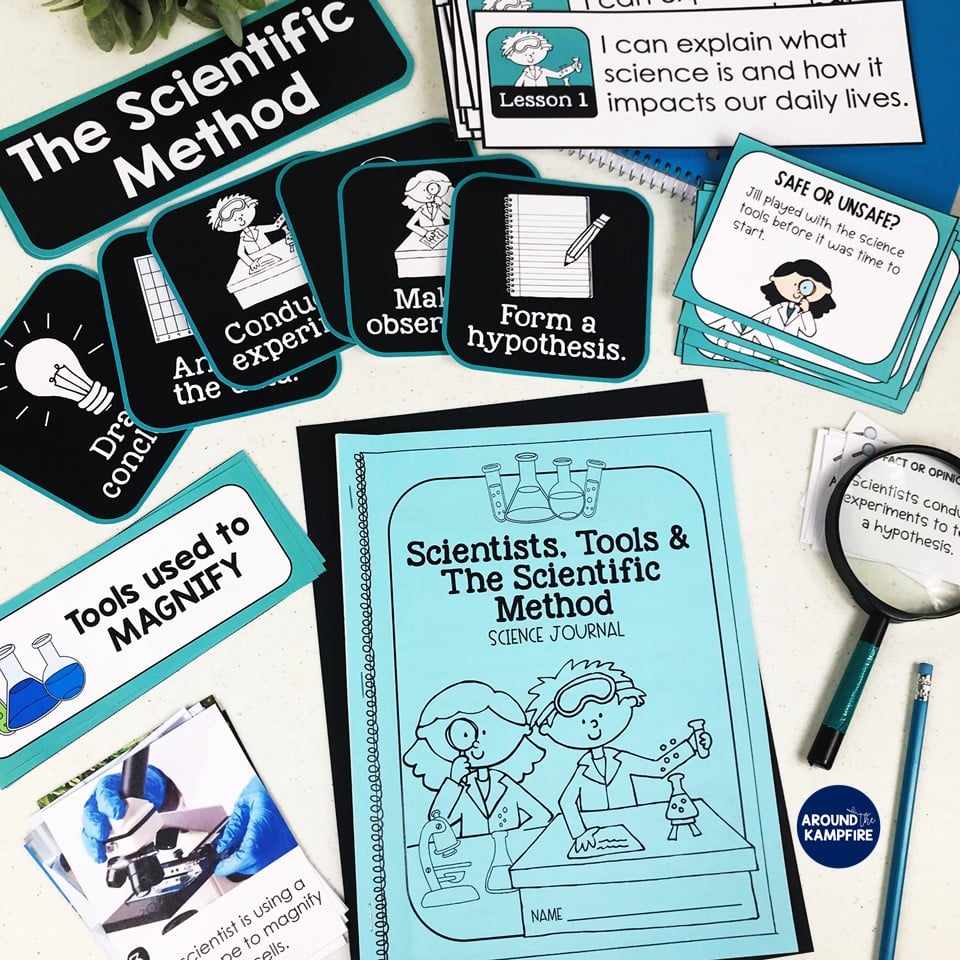
Questions that students can design experiments for include: What kind of jokes make people laugh the hardest? Which ball bounces the highest at recess? What time of day do I feel most awake? Which type of bubblegum blows the largest bubble?
Apply the Scientific Method by Conducting an Experiment
To end the first week of science in third grade, consider having students work in partners or small groups to conduct a simple experiment using the scientific method. I always love seeing my students’ excitement when we do the Cookie Dunk experiment at the beginning of the year!
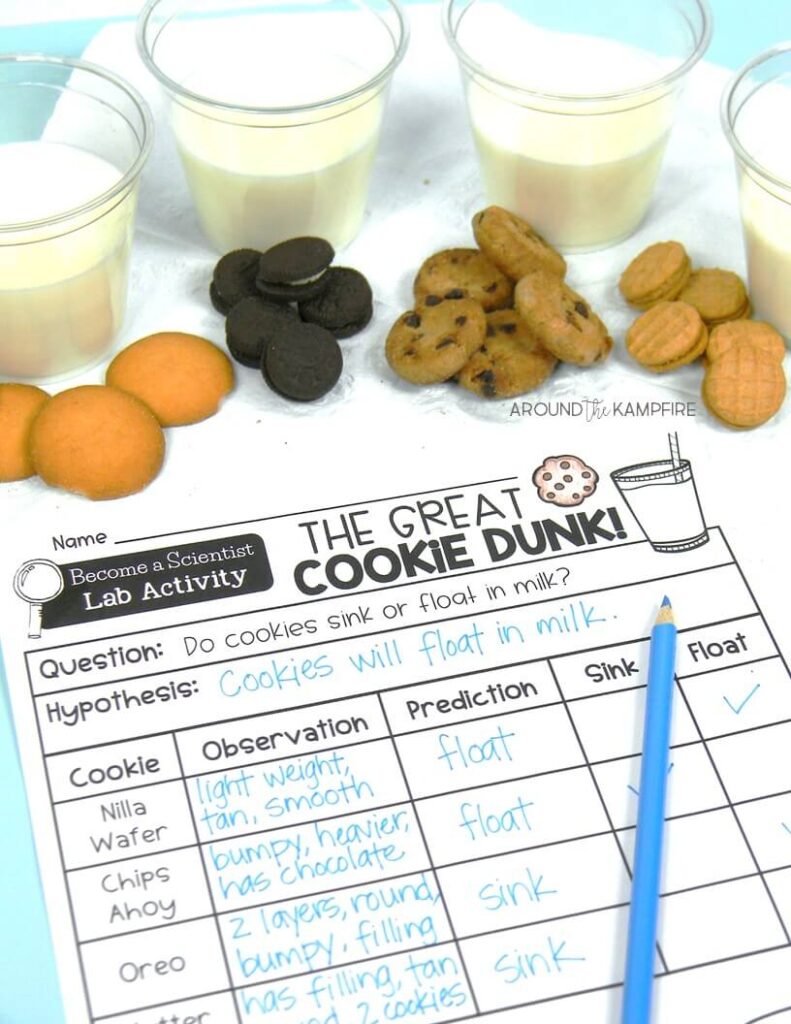
In this lab, students test buoyancy of mini cookies in small cups of milk. Will they sink or float? Students create a hypothesis and test out their theories.
More Resources for the First Week of Science in Third Grade
If you’re looking for helpful resources to teach the first week of science in third grade, I have a Scientists & Scientific Method introductory science unit that is perfect for the beginning of the school year. This unit includes 11 days of detailed lesson plans, a 10-lesson teaching PowerPoint, student journal activities, science extension centers, plus 3 engaging science experiments.
Click HERE for the complete science unit.
The first week of science in third grade is a great time for teaching the basics and getting students excited to learn science throughout the year. I hope these activities help you plan a fun first week with your new third graders!

Pin this post to come back to during your back-to-school planning!
Check out these posts for more third grade science activities:
How to Fit In Science When You Don’t Have Time in Your Schedule
30 Weather & Climate Activities for 3rd Grade
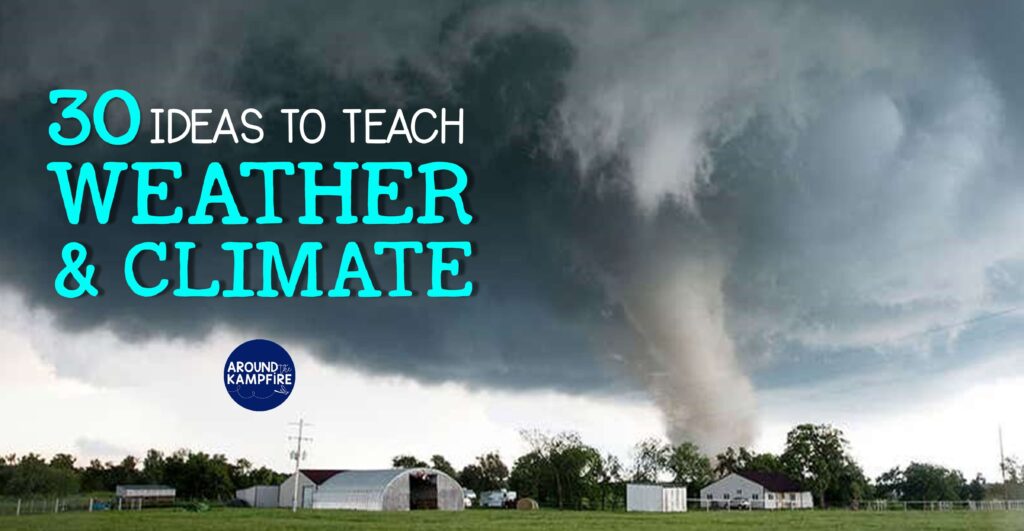
15 Force & Motion Activities for 3rd Grade
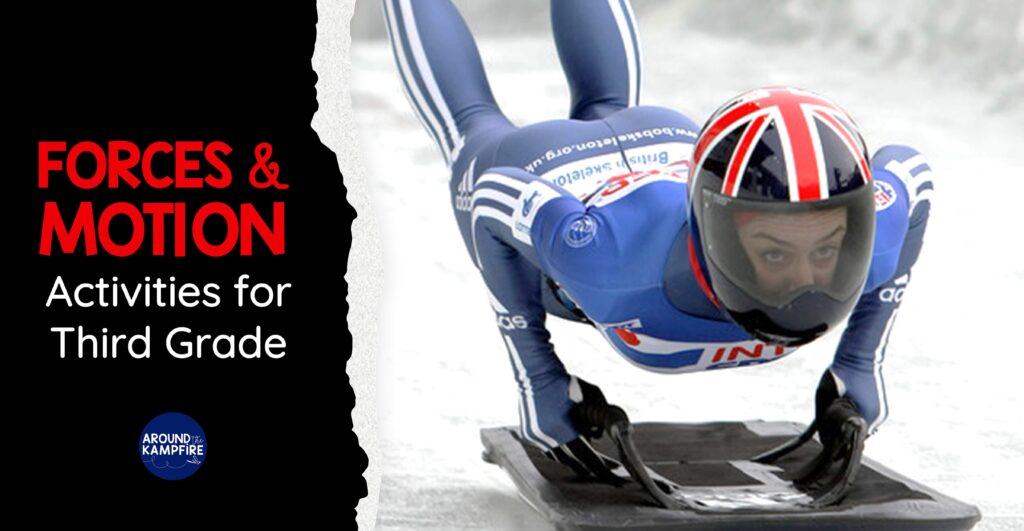
Activities to Teach Science Tools & Science Safety Rules at the Beginning of the Year
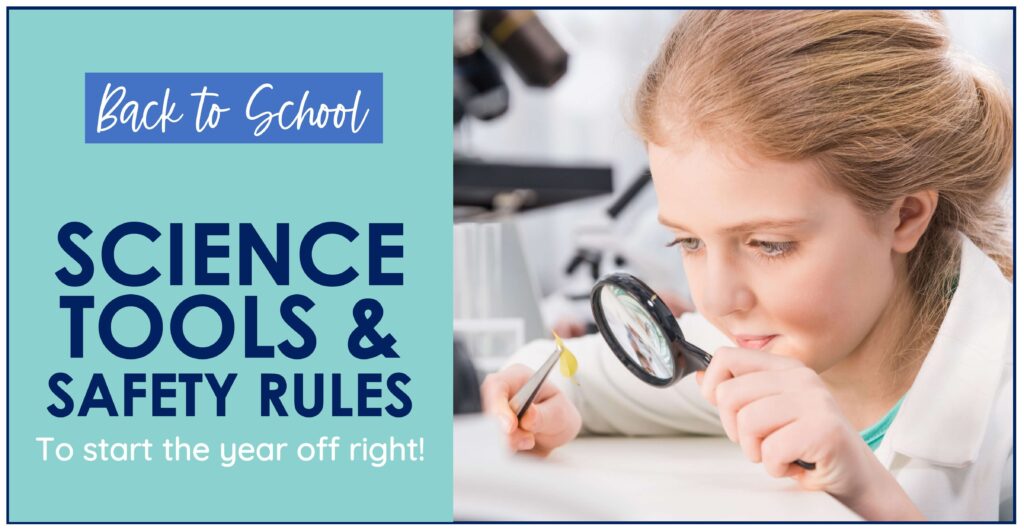

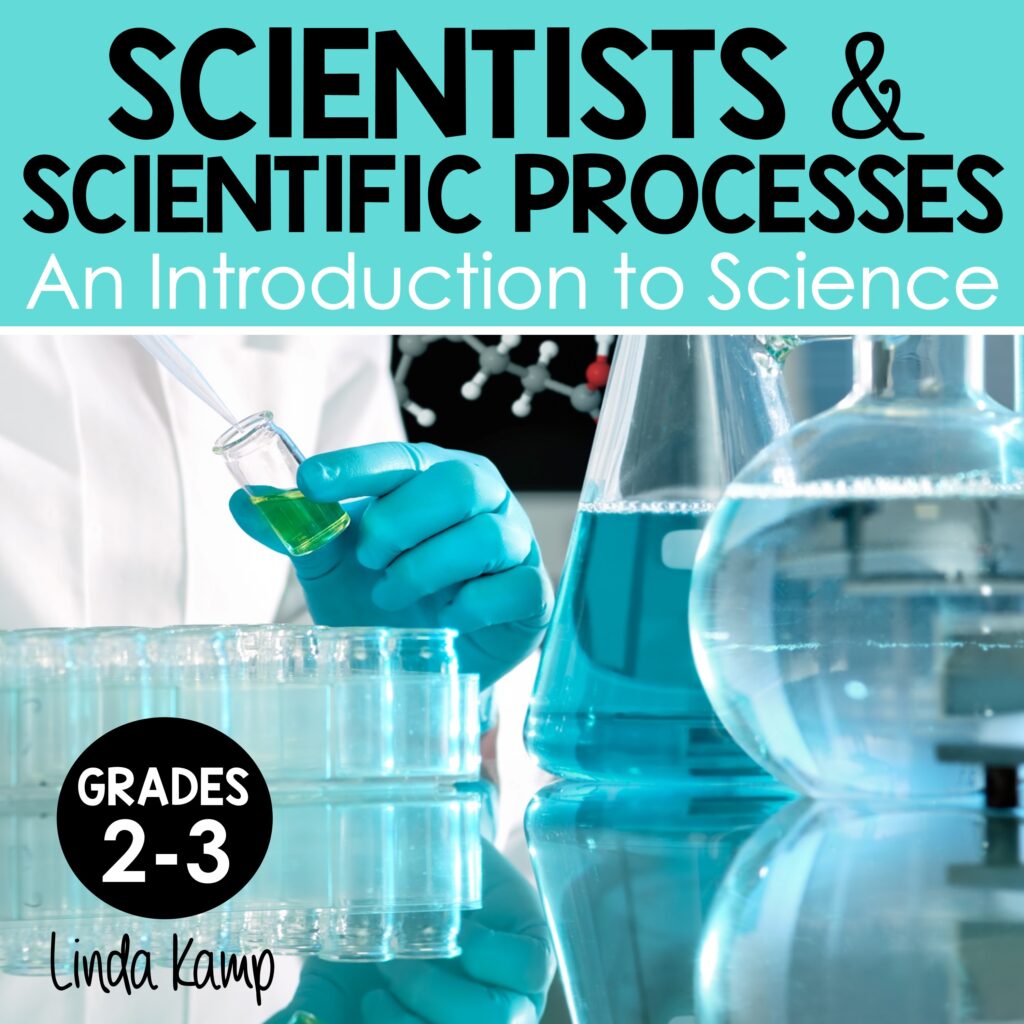
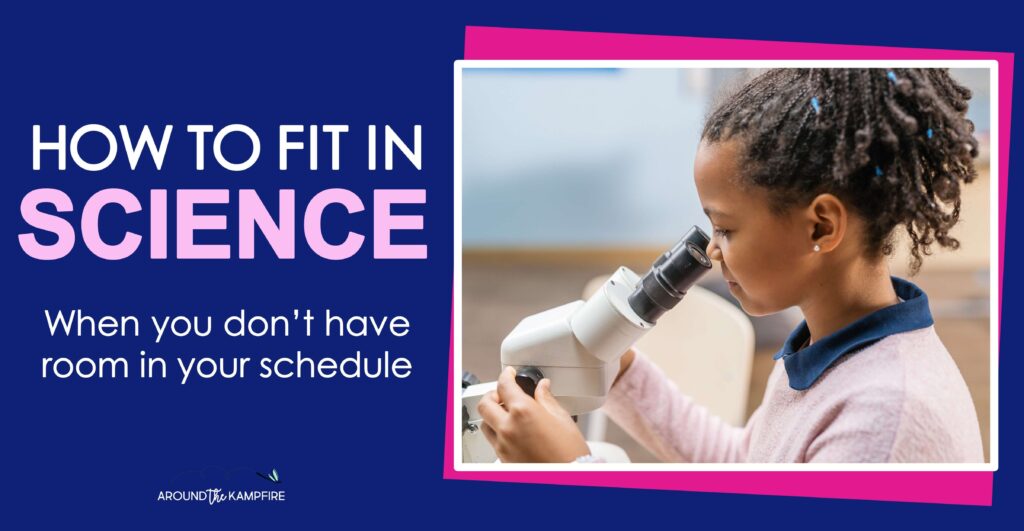

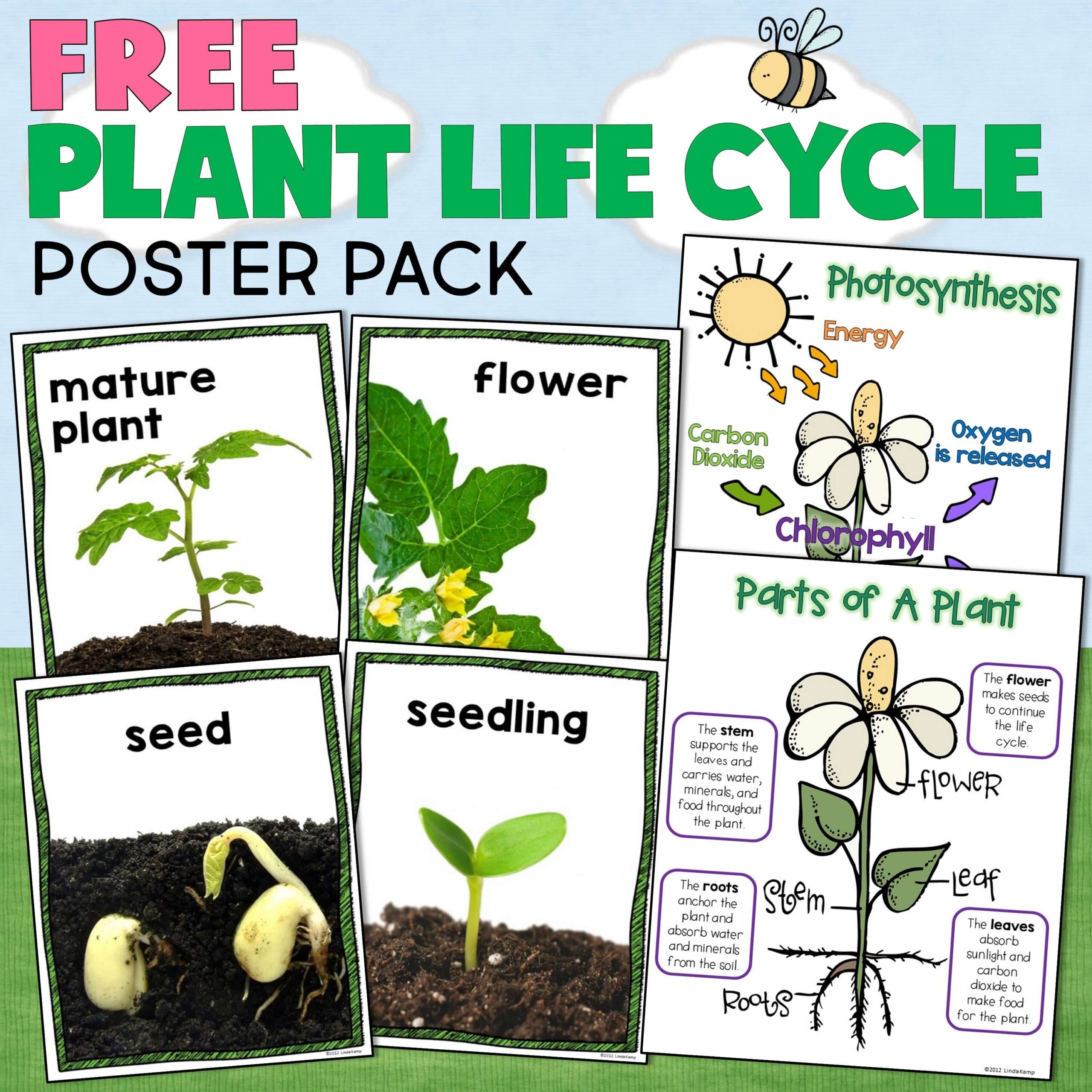
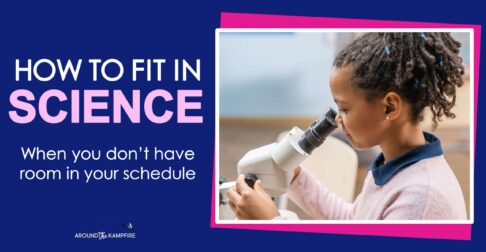



Leave a Comment